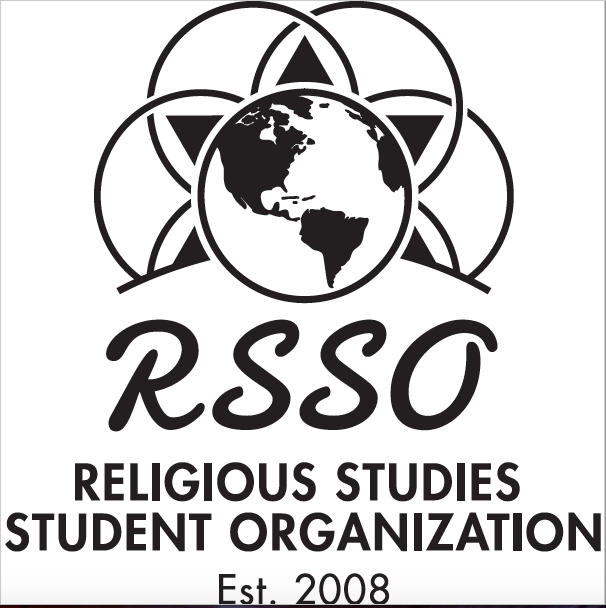Location
Dining Room
Start Date
14-4-2018 11:00 AM
End Date
14-4-2018 12:00 PM
Abstract
My studies here at the University of Wisconsin-Milwaukee, though broad, have thus far centered mainly on the ancient cultures of the Mediterranean and Near East. Recently, I have taken a class in Slavic Folklore and because of it have realized one large difference between the cultures of the Mediterranean and Near East and the cultures of the Slavic tribes - namely their matriarchal structure. Though a female divinity is represented in the religions of the Mediterranean and the Near East, their dominant deity is male and is portrayed as a father figure who not only rules the heavens but also rules the home. This does not seem to be so in Slavic cultures where many of the tribal religions focus on the mother as creator and her role as keeper of the home, the hearth, and the traditions - both ritual and familial.As a Christian, a matriarchal structure in religion is a foreign concept and so I will be focusing on the role of women in both cultures. I will begin by comparing their deities and hierarchical structures West of the Danube, that of the Mediterranean and Near East, to those East of the Danube, that of the Slavic tribes. Then to show the changes made to those religions over time I will explain how that hierarchy was impacted under Christian influences.Using the focus of women's roles reflected in the heavenly hierarchy and in their faith traditions will allow me to better explain and understand why those ancient peoples thought and acted in the manners that they did. I believe a study of the role of women and their ease of access to religion, their role as officiate, and how that role shaped their worldview - and that of their children - will provide a more complete understanding of the peoples of the ancient world.
Memory Keepers & Dual Faith: Surviving Pagan and Pre-Christian Elements in Slavic Culture
Dining Room
My studies here at the University of Wisconsin-Milwaukee, though broad, have thus far centered mainly on the ancient cultures of the Mediterranean and Near East. Recently, I have taken a class in Slavic Folklore and because of it have realized one large difference between the cultures of the Mediterranean and Near East and the cultures of the Slavic tribes - namely their matriarchal structure. Though a female divinity is represented in the religions of the Mediterranean and the Near East, their dominant deity is male and is portrayed as a father figure who not only rules the heavens but also rules the home. This does not seem to be so in Slavic cultures where many of the tribal religions focus on the mother as creator and her role as keeper of the home, the hearth, and the traditions - both ritual and familial.As a Christian, a matriarchal structure in religion is a foreign concept and so I will be focusing on the role of women in both cultures. I will begin by comparing their deities and hierarchical structures West of the Danube, that of the Mediterranean and Near East, to those East of the Danube, that of the Slavic tribes. Then to show the changes made to those religions over time I will explain how that hierarchy was impacted under Christian influences.Using the focus of women's roles reflected in the heavenly hierarchy and in their faith traditions will allow me to better explain and understand why those ancient peoples thought and acted in the manners that they did. I believe a study of the role of women and their ease of access to religion, their role as officiate, and how that role shaped their worldview - and that of their children - will provide a more complete understanding of the peoples of the ancient world.

